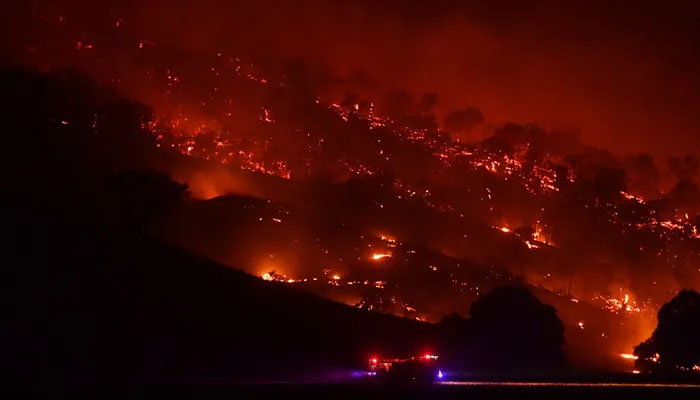Australia’s bushfires have degraded the ozone layer

The devastating bushfires that hit Australia in 2019 and 2020 had a significant impact on the hole in the ozone layer, according to work published Friday.
This study, published in the journal Scientific Reports linked to the Nature group, establishes a link between the unprecedented smoke released by the fires and the hole in the ozone layer above Antarctica.
According to researchers from the universities of Exeter and Manchester in the UK, “millions of tons of smoke and gas […] were injected into the upper troposphere and the lower stratosphere”.
The accumulation of smoke particles has caused the lower stratosphere to warm to levels not seen since the eruption of Pinatubo in the Philippines in 1991, according to their work.
Due to this warming, the fires have extended the hole in the ozone layer that appears each spring over Antarctica and has “reached record levels in 2020”.
The fires, which scorched 5.8 million hectares in eastern Australia from late 2019 to early 2020, were so intense they spawned dozens of pyrocumulonimbus clouds, clouds created by plumes of smoke.
Pyrocumulonimbus clouds, which the US space agency Nasa calls “fire-breathing cloud dragons”, are so powerful they can influence local weather, causing fire tornadoes and thunderstorms.
The hole in the ozone layer was created by anthropogenic pollution, particularly by chlorofluorocarbons (CFCs) once emitted by many refrigerators.
Over the past few decades, however, global cooperation has given the ozone layer a chance to recover.
The Montreal Protocol, signed in 1987 and ratified by 195 countries, has sharply reduced the amount of CFCs in the atmosphere, and the ozone layer thus seems likely to recover completely by 2060, according to UN estimates. .
However, researchers warn that increasing climate change will increase the frequency and intensity of bushfires, and as a result, similar events — in which pyrocumulonimbus clouds shoot smoke into the stratosphere — will become more likely.
“The tremendous efforts we have made to secure the hole in the ozone layer could be thwarted by global warming,” Professor James Haywood told AFP.












